Due to the complex and multi-disciplinary nature of the 5-year project, partnerships were established among specialized laboratories in Israel and Europe. Under the leadership of the Zinman Institute of Archaeology, Israeli partner and participating institutions include the Israel Antiquities Authority, Bar-Ilan University, Tel-Aviv University, Geological Survey of Israel and Hebrew University in Jerusalem. Additional laboratories across Europe with a focus on aDNA research of zoological and botanical materials will join the project during its 3rd-5th years following initial retrieval and screening of suitable specimens to be carried out at the University of Haifa.
The Core Team at University of Haifa Zinman Institute of Archaeology
Prof. Guy Bar-Oz, Head of Project
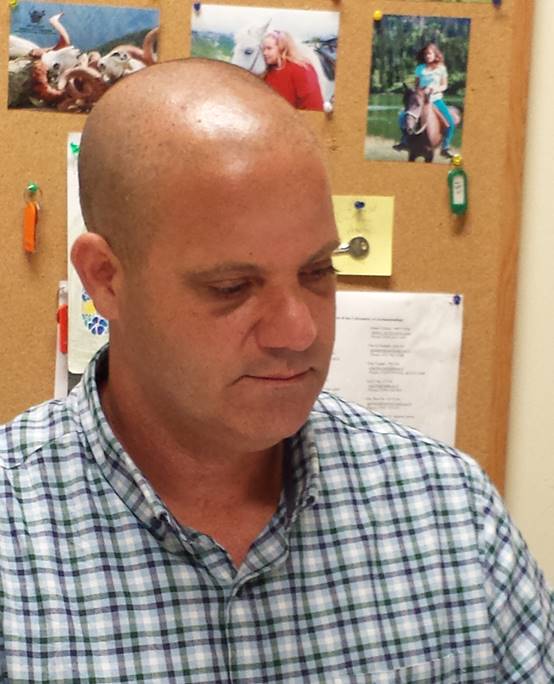 Guy Bar-Oz is Chair of the Department of Archaeology at the University of Haifa. He heads the Laboratory of Archaeozoology and in recent years has conducted a number of multidisciplinary research projects in bioarchaeology of the historical periods of Israel. These have included the Holy Garbage Project at the ancient landfill of Second Temple Period Jerusalem (Early Roman period) and Bones and Identity focusing on social constrution of identities, variation in food preferences, and emerging political complexity in the Bronze and Iron Ages reconstructed from region wide patterns gleaned from archaeozoological materials.
Guy Bar-Oz is Chair of the Department of Archaeology at the University of Haifa. He heads the Laboratory of Archaeozoology and in recent years has conducted a number of multidisciplinary research projects in bioarchaeology of the historical periods of Israel. These have included the Holy Garbage Project at the ancient landfill of Second Temple Period Jerusalem (Early Roman period) and Bones and Identity focusing on social constrution of identities, variation in food preferences, and emerging political complexity in the Bronze and Iron Ages reconstructed from region wide patterns gleaned from archaeozoological materials.
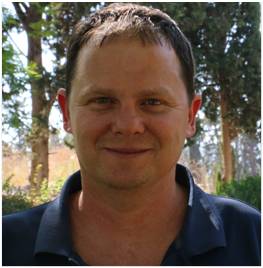 Yotam Tepper is a field archaeologist and agro-archaeologist who has specialized in research on the Negev including Byzantine period sites and a particular focus on releict field systems and the ancient agricultural installations, which dot the hinterland of Byzantine settlements.
Yotam Tepper is a field archaeologist and agro-archaeologist who has specialized in research on the Negev including Byzantine period sites and a particular focus on releict field systems and the ancient agricultural installations, which dot the hinterland of Byzantine settlements.
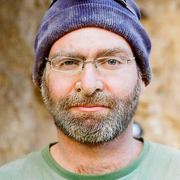 Nimrod Marom is a specialist in archaeozoological research with extensive background in dealing with complex questions related to ancient urban and agrarian herding economies. He has worked on materials from a series of key sites of the Bronze and Iron Ages in Israel and Turkey, including, among others, Tel Hazor, Tel Rehov, Kabri and Zincirli.
Nimrod Marom is a specialist in archaeozoological research with extensive background in dealing with complex questions related to ancient urban and agrarian herding economies. He has worked on materials from a series of key sites of the Bronze and Iron Ages in Israel and Turkey, including, among others, Tel Hazor, Tel Rehov, Kabri and Zincirli.
Dr. Lior Weissbrod, Administrative Coordinator
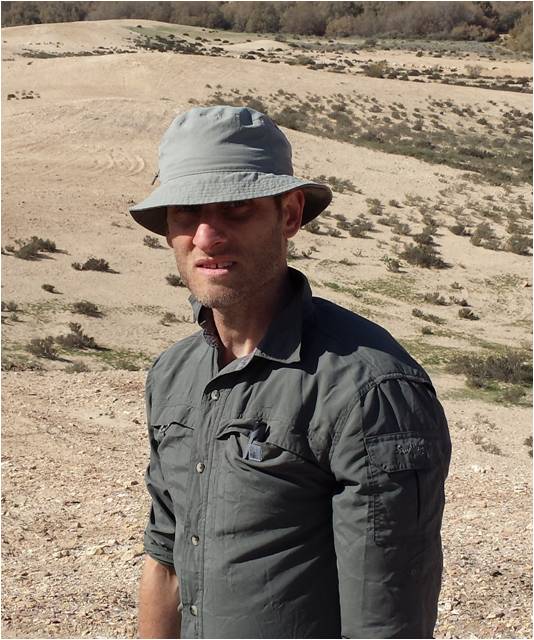 Lior Weissbrod employs microvertebrate taphonomy in addressing key issues in human paleoecology and eco-dynamics in prehistoric and historic periods of the Near East. In recent years he has focused on developing a research agenda dealing with ecological dimensions of human settlement evolution over time and the emergance of an urban ecology.
Lior Weissbrod employs microvertebrate taphonomy in addressing key issues in human paleoecology and eco-dynamics in prehistoric and historic periods of the Near East. In recent years he has focused on developing a research agenda dealing with ecological dimensions of human settlement evolution over time and the emergance of an urban ecology.
Our Partners
Dr. Tali Erickson-Gini, Israel Antiquities Authority
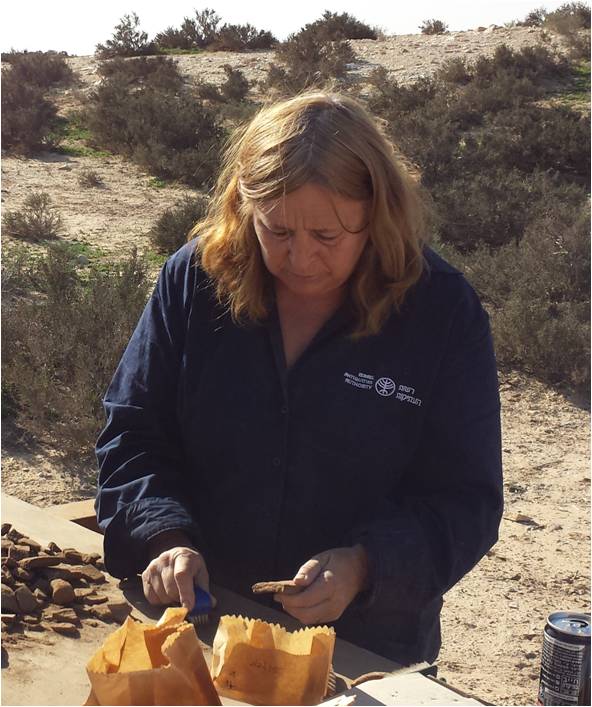 Tali Erickson-Gini excavated and surveyed numerous sites throughout the Negev in periods ranging from the Early Bronze Age through recent times. Her projects have included the Nabataean and Byzantine period sites of Oboda (Avdat), Shivta, and Mampsis, as well as other sites as Horvat Hazaza, Ma'ale Mahmal and 'En Yotvata. She specialises in ceramic typology of the Hellenistic through Byzantine periods in the Negev and southern Jordan. She is also the scientific editor of Rudolph Chen's excvations along the Nabataean Incense Road.
Tali Erickson-Gini excavated and surveyed numerous sites throughout the Negev in periods ranging from the Early Bronze Age through recent times. Her projects have included the Nabataean and Byzantine period sites of Oboda (Avdat), Shivta, and Mampsis, as well as other sites as Horvat Hazaza, Ma'ale Mahmal and 'En Yotvata. She specialises in ceramic typology of the Hellenistic through Byzantine periods in the Negev and southern Jordan. She is also the scientific editor of Rudolph Chen's excvations along the Nabataean Incense Road.
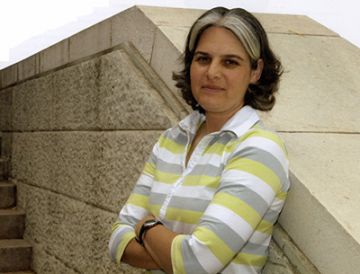 Ruth Shahack-Gross is head of the Laboratory for Sedimentary Archaeology with a main interest in understanding natural and anthropogenic processes that result in the formation of archaeological sites. Her research methodology includes the study of archaeological sediments using Fourier Transform Infrared (FTIR) Spectroscopy, analysis of microscopic remains such as phytoliths and ash, and micromorphology. As part of her broad research agenda she has also conducted extensive research in the Negev Highlands focusig on reconstructing trade connections with the Mediterranean coast.
Ruth Shahack-Gross is head of the Laboratory for Sedimentary Archaeology with a main interest in understanding natural and anthropogenic processes that result in the formation of archaeological sites. Her research methodology includes the study of archaeological sediments using Fourier Transform Infrared (FTIR) Spectroscopy, analysis of microscopic remains such as phytoliths and ash, and micromorphology. As part of her broad research agenda she has also conducted extensive research in the Negev Highlands focusig on reconstructing trade connections with the Mediterranean coast.
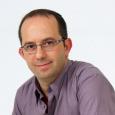 Ehud Weiss is an archaeobotanist researching past human activities via the study of the remains of plants in archaeological contexts - reconstructing past human foodways and environments, paleoclimates, agricultural practices, commerce and economic interactions, social stratification, habitat, food technology and more. He has worked extensively on questions regarding plant domestication and the origin and spread of agriculture.
Ehud Weiss is an archaeobotanist researching past human activities via the study of the remains of plants in archaeological contexts - reconstructing past human foodways and environments, paleoclimates, agricultural practices, commerce and economic interactions, social stratification, habitat, food technology and more. He has worked extensively on questions regarding plant domestication and the origin and spread of agriculture.
Dr. Elisabetta Boaretto, Weizman Institute of Science-D-REAMS Radiocarbon Laboratory
Dr. Boaretto is Director of the DANGOOR Research Accelerator Mass Spectrometry Laboratory with interestes in chronology in archaeological research through the application of radiocarbon dating. She is in chrage of the dating program of the Negev Byzantine Project aiming to date and synchronize the archaeological record in the region with environmental and climatic proxies. Her research focuses especially on archaeological context and material characterization for the purpose of radiocarbon dating using the methods of microarchaeology.
Dr. Gil Gambash, Universtiy of Haifa-Department of Maritime Civilizations
Dr. Gambash is Head of the Department of Maritime Civilizations and advises the Negev Byzantine Project in analysis of the historical aspects of trade in the Byzantine and Mediterranean worlds. He is a historian of classical civilizations focusing on political and economic issues in the circum-Mediterranean with particular interest in the unique role played by the Levatine region in these processes.
Dr. Dan Malkinson, University of Haifa-Department of Geography and The Golan Research Institute
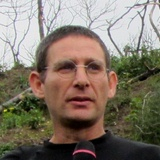 Dan Malkinson is a landscape ecologist with extensive experience in modelling dynamics of human interactions with landscape structures and vegetation communities using such tools as GIS analysis. He collaborates with archaeologists on a number of prejects focusing on mapping patterns of human activity such as the development and maintenance of agricultural hinterlands and exploitation of wild game through environmental modifications onto ancient landscapes.
Dan Malkinson is a landscape ecologist with extensive experience in modelling dynamics of human interactions with landscape structures and vegetation communities using such tools as GIS analysis. He collaborates with archaeologists on a number of prejects focusing on mapping patterns of human activity such as the development and maintenance of agricultural hinterlands and exploitation of wild game through environmental modifications onto ancient landscapes.
Dr. Rabei Khamisy, University of Haifa-Department of Archaeology
Dr. Khamisy is an archaeologist of the medieval period researching architectural history and socio-political dynamics in the Crusader and Mameluk periods. He contributes to the Negev Byzantine Project through his expertise in analyzing ancient arabic texts, documents and scripts.
Dr. Gideon Hartman, University of Connecticut-Anthropology Department
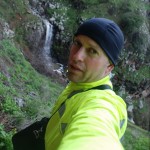 Gideon Hartman uses stable isotope methods to reconstruct past environment, the mobility and migration of past human societies, paleodiet and past human economic systems. He investigates mechanisms that cause variability in the ratios of stable isotopes as they move along foodwebs: from soil and atmosphere, to plants and from there to animals and humans. In many cases, the present day variability in stable isotope values provides suitable models to reconstruct past conditions with a high degree of certainty. The principles established as part of this can thus be applied to ecological settings in the present and to paleoecological and archaeological settings in the past.
Gideon Hartman uses stable isotope methods to reconstruct past environment, the mobility and migration of past human societies, paleodiet and past human economic systems. He investigates mechanisms that cause variability in the ratios of stable isotopes as they move along foodwebs: from soil and atmosphere, to plants and from there to animals and humans. In many cases, the present day variability in stable isotope values provides suitable models to reconstruct past conditions with a high degree of certainty. The principles established as part of this can thus be applied to ecological settings in the present and to paleoecological and archaeological settings in the past.
Dr. Petra Vaiglova, University of Haifa-Department of Archaeology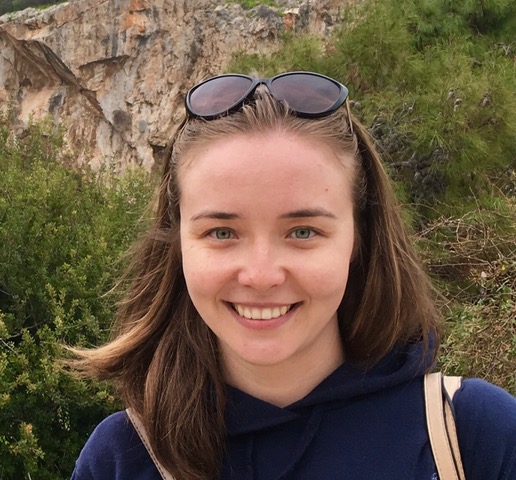
Dr. Vaiglova specializes in the application of isotope analyses in archaeology for understanding past agricultural systems and climate patterns. Her most recent work employed a multi-isotope approach for reconstructing the scale and intensity of early farming systems in Neolithic Greece and Turkey. In the Negev Byzantine project, she is employing isotope proxies for disentangling between environmental and sociao-political factors that led to the collapse of Byzantine settlements in the Negev Desert.
Dr. Ravit Linn, University of Haifa-Department of Archaeology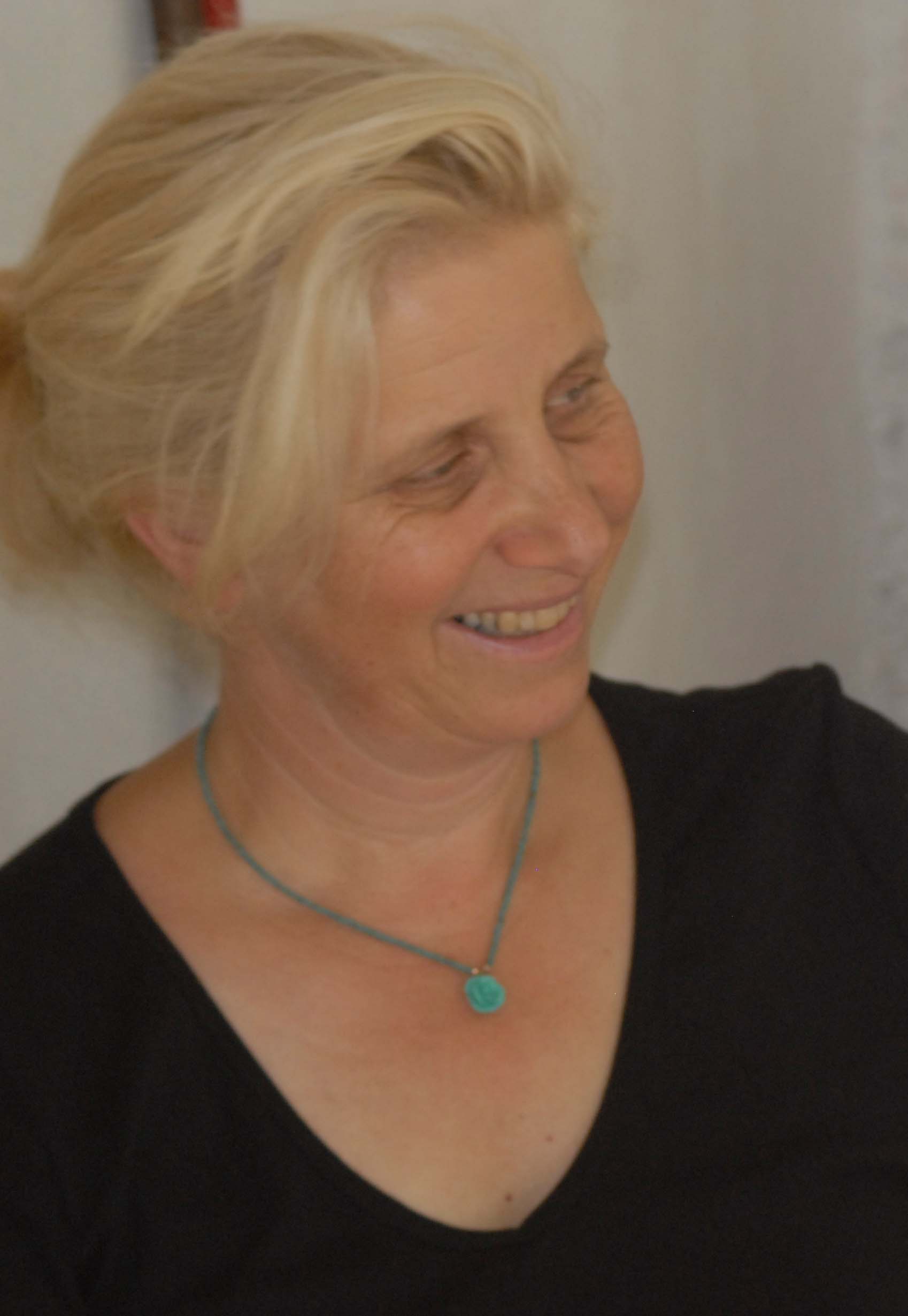
Dr. Linn is Head of the Program of Conservation and manages aspects of structural and material conservation and cultural heritage issues of the Negev Byzantine Project. She has established the MA program in Conservation of Material Culture Heritage in 2010 training students in academic and practical aspects of conservation, covering materials and technologies science and cultural heritage.
Dr. Emma Maayan-Fanar, University of Haifa-Department of Art History
Dr. Maayan-Fanar is a world specialist in Byzantine Art with research interests in Early Christian Funerary Art, Jewish Art and Manuscript Illumination. As part of the Negev Byzantine Prject, she analyzes artistic representations and their dating implications in structural elements of Byzantine architectural remains in the excavated Negev settlements.
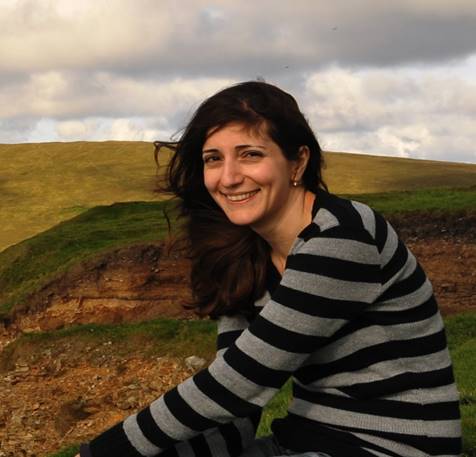 Meirav Meiri is an evolutionary biologist, who works with molecular techniques, mainly ancient DNA, to study the genetic variation and population structure of species through time and space. Her research projects have focused on the role of climate change in population range shifts in ungulates such as red deer and moose, turnovers in historic pig populations of the southern Levant, and the mobility and the impacts of mobility and increasing social complexity on human population structure in the eastern Mediterranean in the Late Bronze and Early Iron Ages.
Meirav Meiri is an evolutionary biologist, who works with molecular techniques, mainly ancient DNA, to study the genetic variation and population structure of species through time and space. Her research projects have focused on the role of climate change in population range shifts in ungulates such as red deer and moose, turnovers in historic pig populations of the southern Levant, and the mobility and the impacts of mobility and increasing social complexity on human population structure in the eastern Mediterranean in the Late Bronze and Early Iron Ages.

RESEARCH STUDENTS
Daniel Fuks, PhD Student at Bar-Ilan University-The Martin (Szusz) Department of Land of Israel Studies and Archaeology
Daniel Fuks focuses in his PhD research on the macrobotanical remains retrieved in excavations of the project at a number of Byzantine settlements in the Negev. He has been analyzing material from the landfill of Halutza, including numerous burned grape seeds recovered from our excavation, aiming to reconstruct the ancient economy, parameters of the Negev agro-ecology, and environmental conditions toward the late Byznatine period.
Inbar Ktalav, PhD Student at University of Haifa-Laboratory of Archaeozoology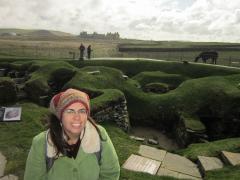
Inbar Ktalav is a specialist in archaeomalacology studying the remains of molluscs from archaeological saites to better understand issues related to human behaviour, including economy and trade and ancient environmental conditions. She has worked on shell assemblages from contexts spanning the prehistoric period to the 19th century AD, including among others, Tel Tsaf, Tel Harif and sites investigated as part of the Hesi Regional Project. In the current project on the Negev her analysis addresses issues of shellfish consumption, trade in marine resources and landscape reconstruction.
Tal Fried, MA Student at the University of Haifa-Laboratory of Archaeozoology
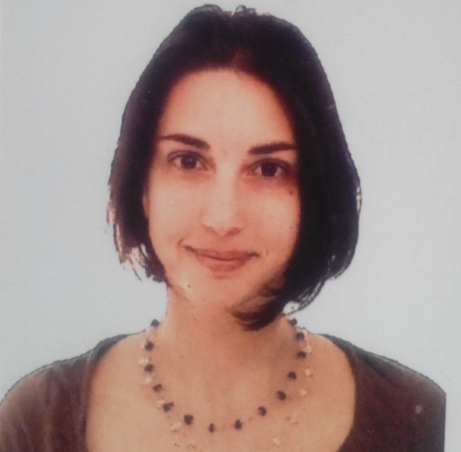 Tal Fried conducts archaeozoological and taphonomic research on the remains of small mammals collected in excavations of ancient pigeon-raising installations at the sites of Khirbet Saadon and Shivta. As part of her MA study she employes these data in reconstructing the ancient environment of the Byzantine sites and looks into aspects of human ecology related to small commensal animals such as house mice and the black rat.
Tal Fried conducts archaeozoological and taphonomic research on the remains of small mammals collected in excavations of ancient pigeon-raising installations at the sites of Khirbet Saadon and Shivta. As part of her MA study she employes these data in reconstructing the ancient environment of the Byzantine sites and looks into aspects of human ecology related to small commensal animals such as house mice and the black rat.
Yaniv Sfez, MA Student at the University of Haifa-Laboratory of Archaeozoology
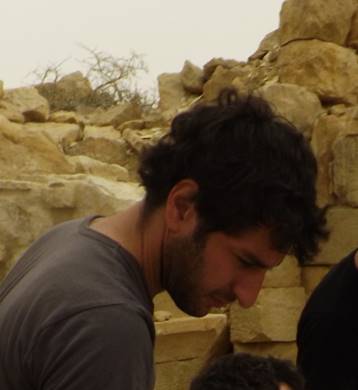 Yaniv Sfez works on the archaeozoological remains from excavations of the Israel Antiquities Authority at the Byzantine period site of Ovdat, focusing on contexts associated with the living quarter of the Roman army garrison of the town.
Yaniv Sfez works on the archaeozoological remains from excavations of the Israel Antiquities Authority at the Byzantine period site of Ovdat, focusing on contexts associated with the living quarter of the Roman army garrison of the town.
Rachel Blevis, MA Student at the University of Haifa-Laboratory of Archaeozoology
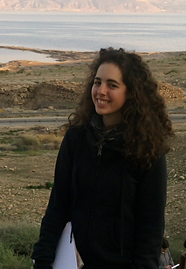 Rachel Belvis analyzes the remains of fish which were retrived through our excavations in different Byzantine contexts of the Negev, including the garbage dumps of Halutza and the houses of Shivta. She focuses on issues of outside trade connections of the Byzantine communities of the Negev and the scale of importation of aquatic food resources through time.
Rachel Belvis analyzes the remains of fish which were retrived through our excavations in different Byzantine contexts of the Negev, including the garbage dumps of Halutza and the houses of Shivta. She focuses on issues of outside trade connections of the Byzantine communities of the Negev and the scale of importation of aquatic food resources through time.
Sara Lantos, MA Student at the University of Haifa-Department of Maritime Civilizations
Sara Lantos focuses on historical analysis of commerce and trade networks involving the role of the Byzantine settlements of the Negev under the supervision of Dr. Gil Gambash.
Neta Yalon, MA Student at the University of Haifa-Department of Geography
Neta Yalon focuses her studies on water systems in Byzantine settlements in the Negev, estimating water supply volume, focusing on agricultural systems. As the group's expert in GIS, she employs the technology to perform spatial and basinal analysis of the areas under research. Finding the amount of precipitation for which an agricultural system nwas originally engineered for, as well as, its lower breaking point may enable researchers to link climatic change with the area's agricltural demise.




